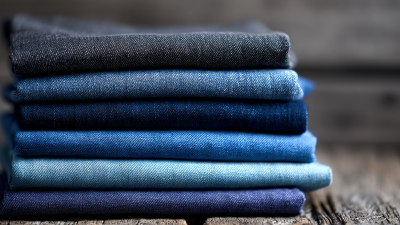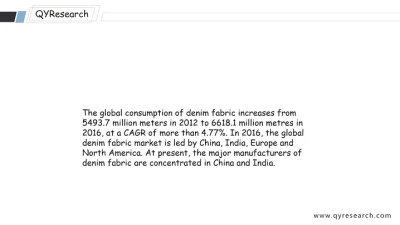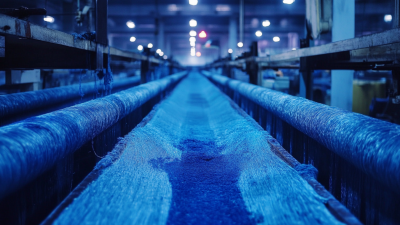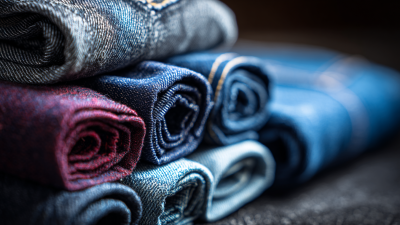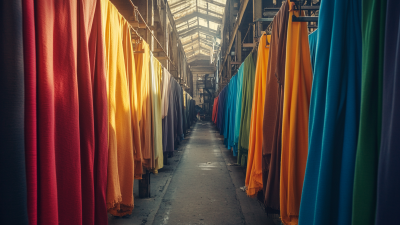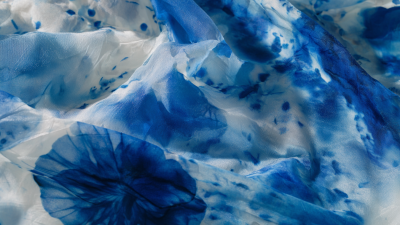When it comes to achieving the perfect shade of black in your denim, the process of Denim Dye Black requires not only the right materials but also an understanding of various techniques and tips that can enhance the outcome. Whether you are a DIY enthusiast looking to refresh your favorite pair of jeans or a professional in the fashion industry seeking to produce high-quality black denim, mastering the dyeing process is essential.
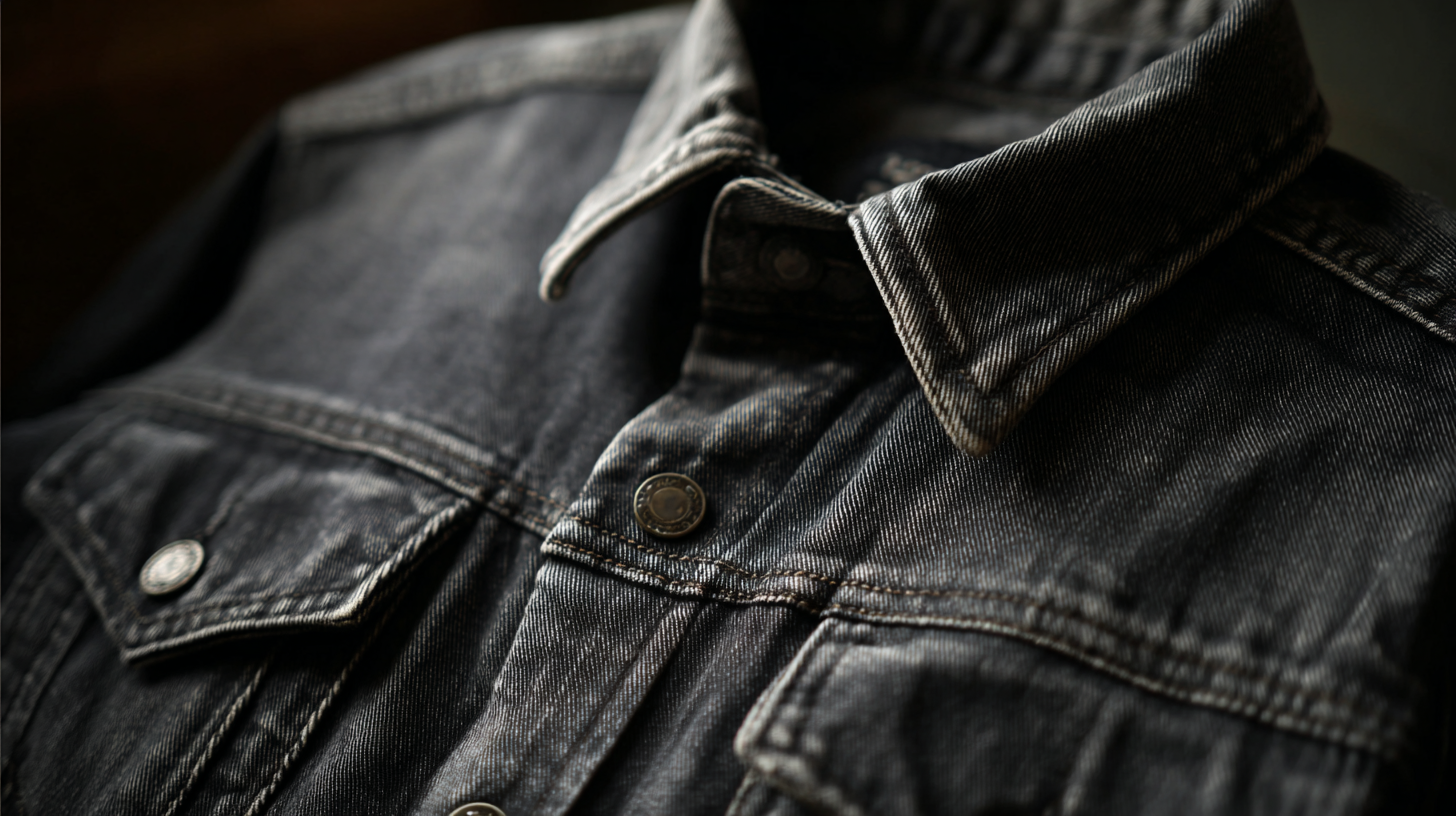
This guide provides seven essential tips that will help you navigate the complexities of Denim Dye Black, from selecting the right dye to ensuring even saturation and maintaining the integrity of the fabric. With these insights, you’ll be equipped to elevate your denim dyeing skills and create deep, rich black hues that stand the test of time. Embrace the art of dyeing and watch as your denim transforms into a stylish staple in your wardrobe.
When it comes to dyeing denim black, selecting high-quality denim is crucial for achieving the desired results. High-quality denim not only ensures that the dye adheres properly but also enhances the overall appearance of the fabric. With the increasing emphasis on sustainable practices in the textile industry, choosing ethically sourced and environmentally friendly denim has become paramount. This not only contributes to a more sustainable fashion cycle but also ensures that the final product is both durable and appealing.
Additionally, the method of dyeing plays a significant role in the textile industry’s shift towards environmentally conscious practices. Innovative dyeing techniques that minimize waste and reduce water consumption are becoming essential. High-quality denim serves as the perfect canvas for these methods, allowing for rich, deep colors without compromising the fabric's integrity. This combination of quality materials and responsible practices not only elevates the end product but also reflects a commitment to sustainability in fashion.
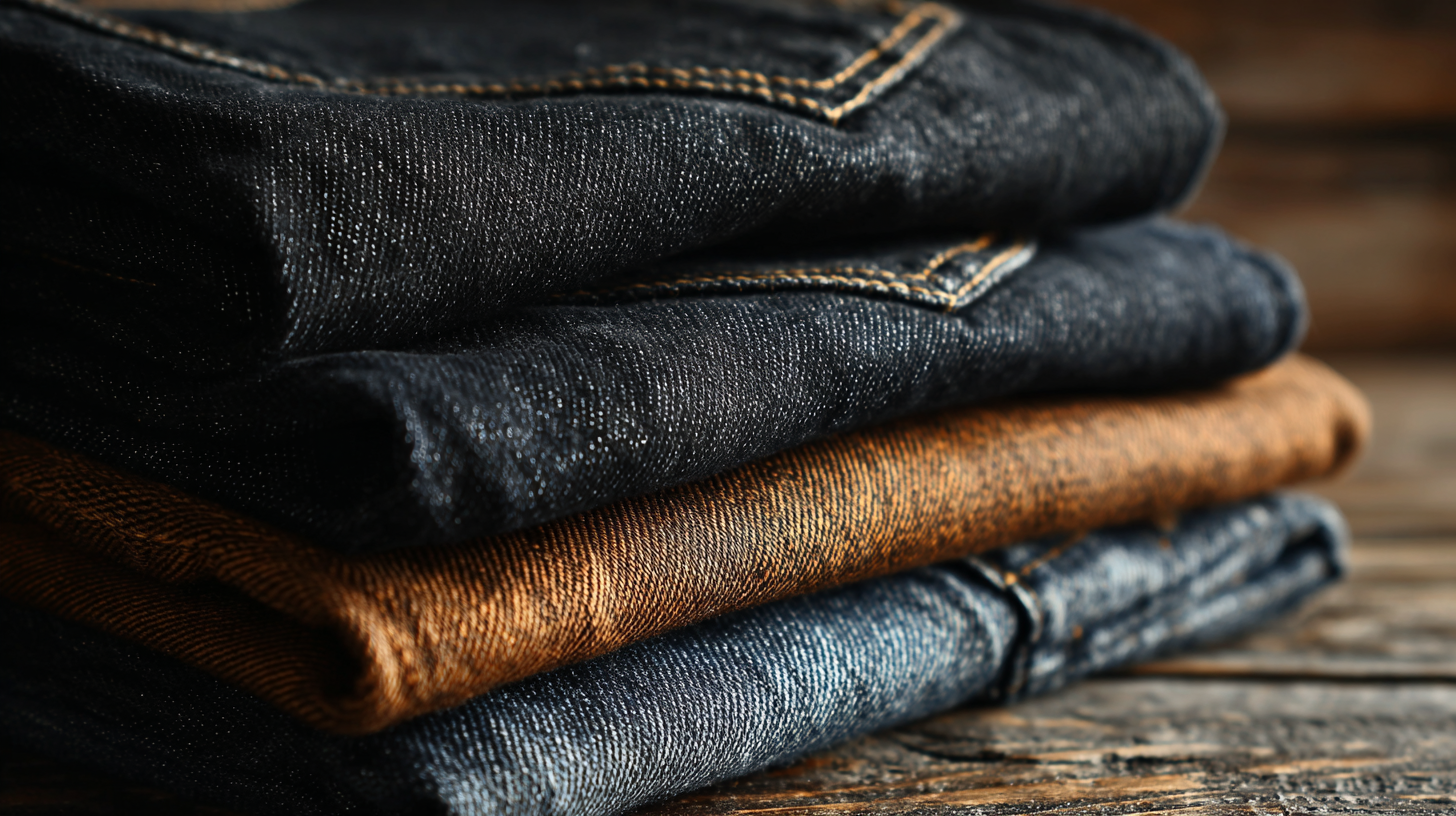
When it comes to dyeing denim black, understanding the various types of dyes available is crucial for achieving the desired results. Reactive dyes are commonly used for cotton fabrics, including denim, due to their strong bonding properties. They chemically attach to the fabric fibers, producing vibrant and long-lasting colors. This type of dye performs best under specific conditions, requiring a proper pH level and temperature control during the dyeing process to ensure even coloration and minimize fading over time.
On the other hand, direct dyes offer a more straightforward application method. These dyes work by adhering directly to the fabric without requiring a fixative. While they are easier to use, achieving deep black tones can be challenging, as direct dyes often tend to be less vibrant and may wash out more quickly compared to reactive dyes. Lastly, acid dyes are primarily used for wool or silk but can be employed on nylon-based denim blends. This dye type requires an acidic environment to function properly, helping to create rich colors. However, for standard cotton denim, acid dyes are generally not recommended. By understanding these dye types, you can make informed decisions to enhance your denim dyeing process.
This chart compares the color fastness rating of three different types of dyes commonly used in denim dyeing processes: Reactive Dyes, Direct Dyes, and Acid Dyes. A higher rating indicates better color retention during washing and exposure to light.
When dyeing denim black, achieving an even shade hinges significantly on the
water temperature used during the process. Water that is too cold can lead to uneven absorption
of the dye, resulting in patchy or faded sections. Conversely, excessively hot water can cause the fabric fibers to open too wide,
potentially leading to over-saturation and loss of color vibrancy. Thus, maintaining an optimal
water temperature is crucial for achieving a deep, uniform black.
The ideal temperature for dyeing denim typically falls between
140°F to 160°F (60°C to 71°C). At this range, the dye can effectively penetrate the fibers without
causing damage. It helps to pre-soak the denim in warm water before dye application, allowing the fabric to become evenly conditioned.
Ensuring that the dye bath is consistently kept within this temperature range throughout the process will help achieve
the rich, consistent black shades that are desired, making all the difference in the final outcome of your dyed denim.
When it comes to achieving the perfect black dye on denim, the fixation of the dye plays a crucial role in ensuring not only the vibrancy of the color but also its longevity. According to a report from the American Association of Textile Chemists and Colorists (AATCC), proper fixation can enhance colorfastness ratings by up to 90%, significantly reducing fading during washing and exposure to sunlight. This emphasizes the importance of employing effective fixatives in the dyeing process. Common fixatives include cationic agents such as cationic guar gum, which can help tether the dye molecules to the fibers, thereby improving durability.
Heat application methods also significantly contribute to the setting of dye on denim. The use of heat can activate certain dyes, promoting a chemical bonding process that further locks in the color. Studies in textile manufacturing have shown that applying heat at temperatures between 160°C to 180°C for several minutes can increase dye penetration by up to 30%. This method, combined with a cooling phase, allows for optimal dye absorption and retention, ensuring that your denim not only looks stunning but also withstands the test of time. Utilizing both advanced fixatives and effective heat application techniques will elevate your denim dyeing process, resulting in a bold, lasting finish.
| Tip | Description | Best Practice |
|---|---|---|
| Choose the Right Denim | Select high-quality denim that can absorb dye effectively. | Opt for pre-washed denim for better dye uptake. |
| Pre-Treat Your Fabric | Wash the denim to remove any finishes or residues. | Use a mild detergent before dyeing. |
| Select the Right Dye | Choose a dye that is suitable for cotton or denim fabrics. | Use fiber reactive or all-purpose dyes for best results. |
| Proper Dye Application | Follow dye package instructions for application. | Mix dye thoroughly and apply evenly. |
| Use Fixatives | Apply a fixative to help set the dye. | Follow manufacturer guidelines for fixative usage. |
| Heat Setting | Use heat to help bind the dye to the fabric. | Iron at a moderate temperature post-dyeing. |
| Wash with Care | Wash the dyed denim properly to maintain color. | Use cold water and a gentle cycle. |
The fashion industry faces significant scrutiny for its environmentally harmful practices, particularly in denim dyeing and finishing processes. Recent studies have highlighted the need for more sustainable approaches, emphasizing techniques that minimize water and chemical consumption. For instance, the optimization of a closed-loop wet ozone process for bleaching indigo-dyed apparel has shown promise in addressing these challenges while maintaining product quality. This innovative method can significantly reduce the reliance on traditional bleaching chemicals, aligning with the industry's growing demand for eco-friendly solutions.
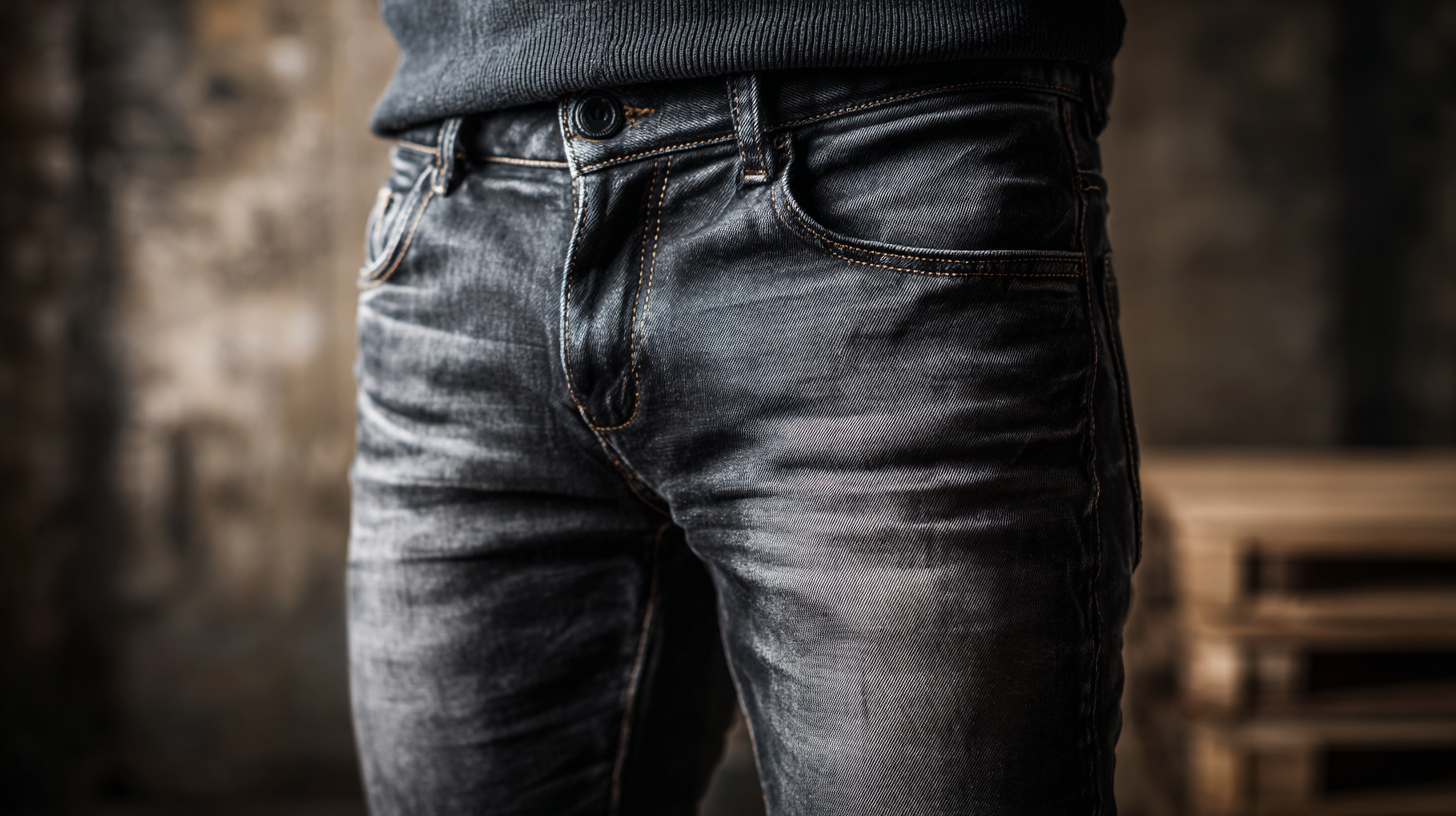
Moreover, alternative dyeing methods, such as the rope dyeing technique, have been developed to reduce energy usage by operating efficiently at ambient temperatures. This advancement not only helps in lowering the carbon footprint associated with heating but does so while ensuring vibrant color retention in denim fabrics. Reports indicate that these sustainable dyeing practices can drastically reduce water usage by up to 50%, a crucial factor given the extensive water consumption historically associated with textile processing, especially in countries like Bangladesh. As the industry moves forward, adopting eco-friendly dyes and efficient processes will be essential in creating a circular economy in fashion.
